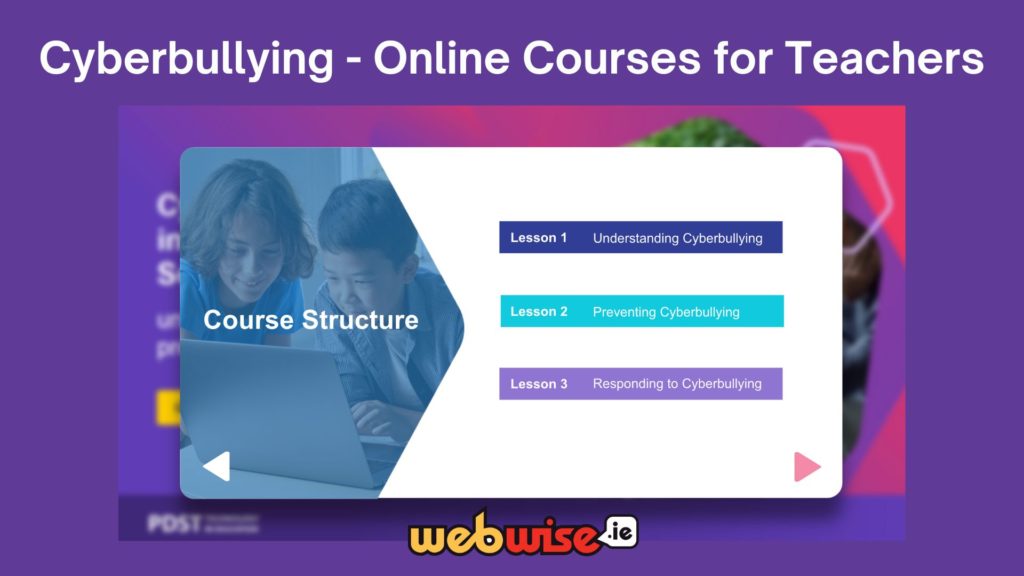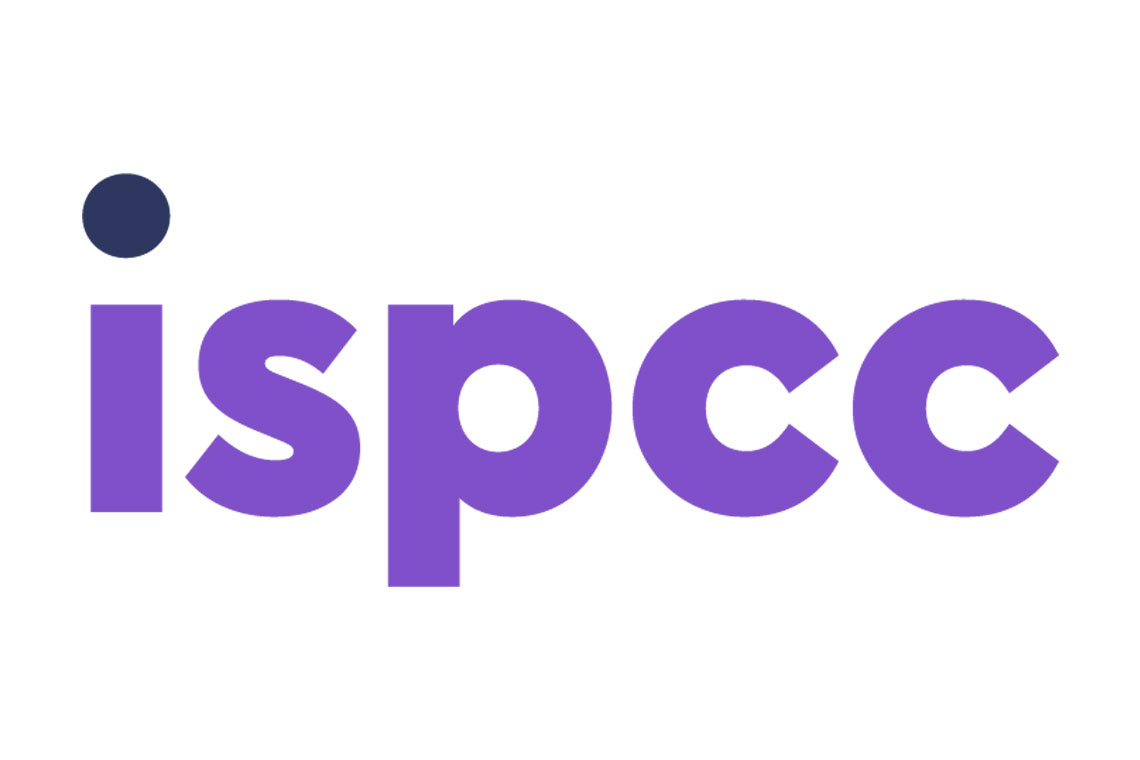Resources to Take Organisations Further!
Parent and Caregiver Resource 5-12 year Olds
Resource Guide for Parents/Caregivers of Children 5-12 Years of Age on Bullying
Seasonal Depressive Disorder
Depression can lead to feelings of low self-esteem which is associated with individuals being at a higher risk of bullying or being bullied.
Making Documents Accessible
When putting out content in your organisation on anti-bullying content, please follow this guide to make it as accessible as possible.
Anti-Bullying HandOut for Parents of Teens
This is a comprehensive handout to give to a parent or caregiver of a teen/adolescent.
Self-Esteem Handout for Teens 13-18 years
Self-esteem can be so important when trying to combat bullying. This hand-out can be given to parents/caregivers or employees in your organisation to learn more about self-esteem for this age group.
Self-esteem Handout for Infants to 12 years
Self-esteem can be so important when trying to tackle bullying. This handout can be given to parents/caregivers or employees in your organisation.
Powerpoints for Organisations to Download
Definitions on Bullying
Definitions on Bullying for Professionals to Use to Support Children and Young People
Inclusion not Exclusion
Powerpoint Presentation for Professionals to Use to Discuss Inclusion and Exclusion
Breathing Exercises For Staff and Carers
An Interview with positive coaching psychologist Sarah O'Flynn
Resources for Children Under 12 Years of Age
Exercises for Children and Young People
Here are some breathing and relaxation exercises you can use with the children and young people you work with.
Resources for Young People (12 Years +)
Webwise Cyberbullying Resources

Primary school leaders can learn about creating an anti-cyberbullying culture with a new 2 hour online course from Webwise Ireland and PDST Technology in Education.
Gain the knowledge, resources and confidence to teach about cyberbullying and deal with incidents as they arise. To find out more, visit www.webwise.ie/cyberbullying-guidance/
Anti-Bullying Guidance and Advice
How to use the Grey
The Grey Rock method involves acting as disinterested and unresponsive as possible to lose the attention of an abusive or
What NOT to say to
Finding out that your child is being bullied can strike fear in any parent's heart. Your immediate reaction is to
Bullying and the role of
A bystander is someone who 'stands by' and watches something happen - like bullying - without doing anything to stop
A glossary of Cyberbullying Terms
Cyberbullying is an ever-evolving phenomenon. It's vital to stay abreast of what is happening online to ensure you can understand
What you need to know
Suicide is a complex and scary topic for parents and caregivers. The way we talk about it needs to avoid
Resources for Professionals
Building Inclusive Schools to Tackle Cyberbullying
A guide for school staff to support ethnic minorities and those from the traveling community.
Cyberbullying Involving Ethnic Minority Youths
Booklet containg the most up to date research on what school staff need to know to support students and parents.
Resources for Parents/Caregivers
Supporting Ethnic Identity Relating to Cyberbullying
Resource Guide for Parents/Caregivers of Children and Young People 9+





